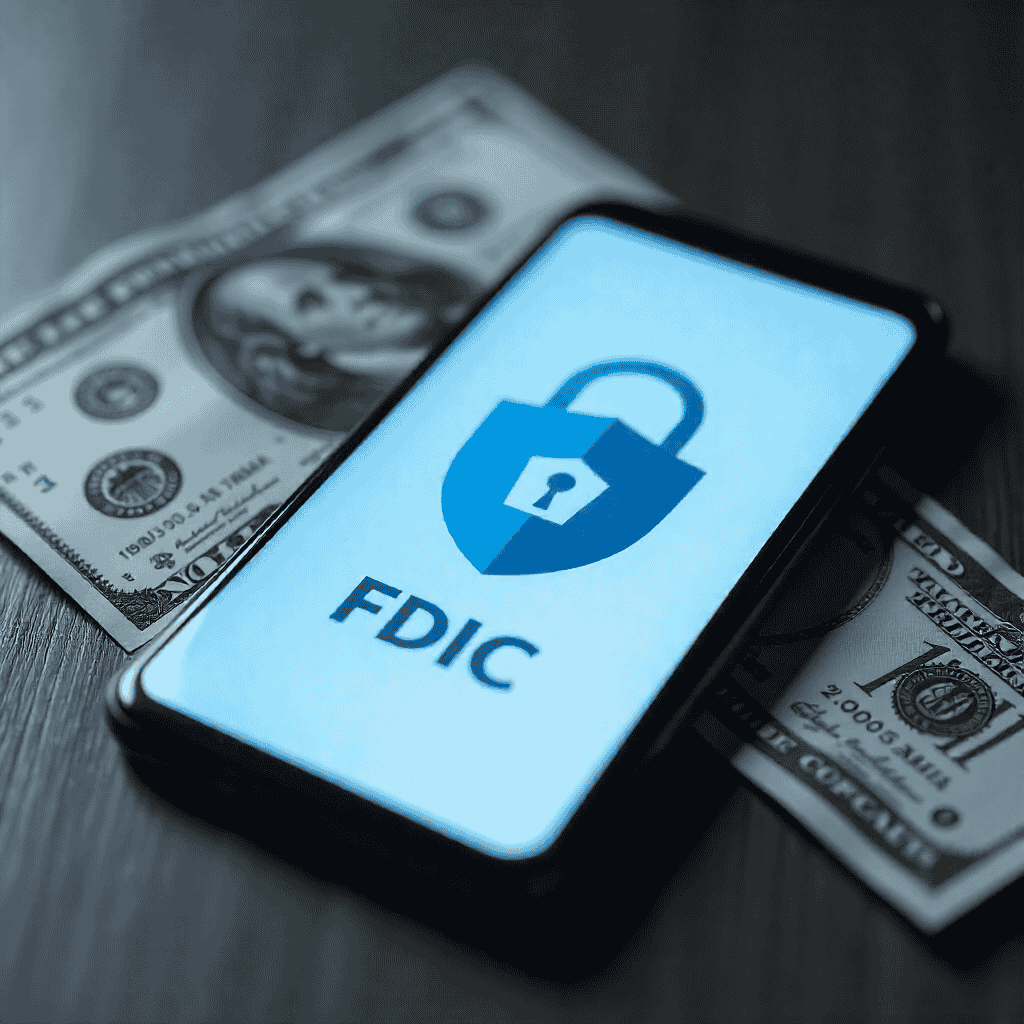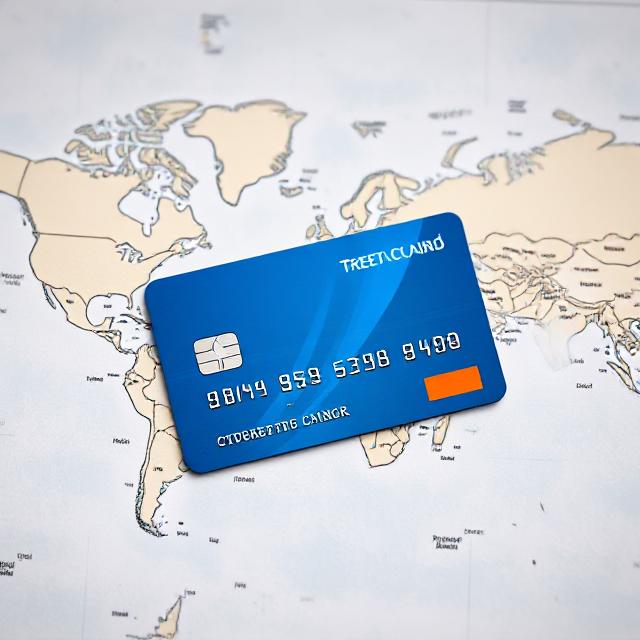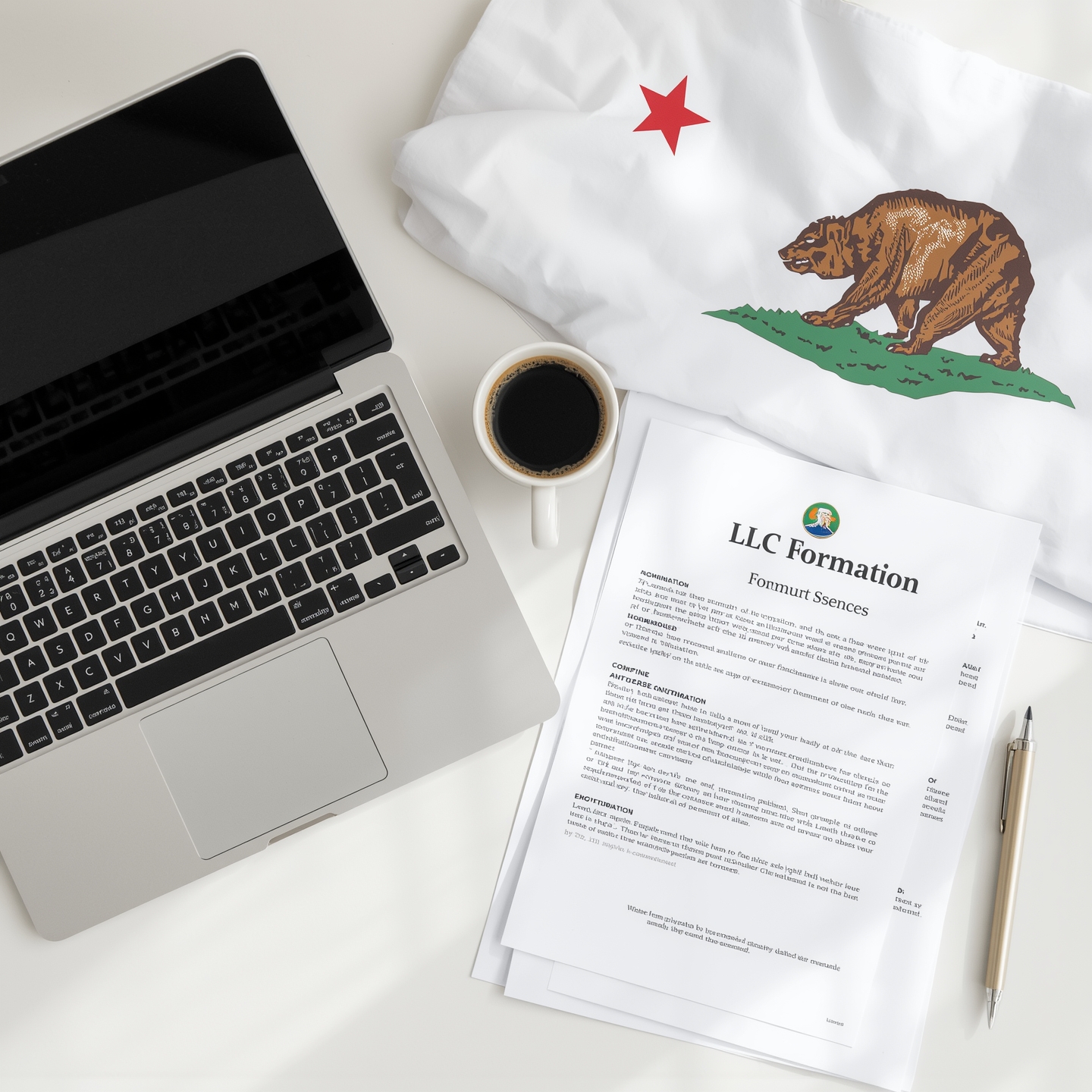
Introduction: Why Budgeting Is Your First Step to Financial Freedom
Budgeting is not about cutting out all fun or living a life of restriction — it’s about making your money work for you. If you’re starting your financial journey, learning how to budget for beginners can be the single most important habit you develop.
In the United States, where living costs vary by region and unexpected bills can happen at any moment, a budget provides control and peace of mind. Whether you want to pay off debt, save for a home, or simply stop living paycheck to paycheck, a budget is your roadmap.
In this guide, we’ll cover everything beginners need to know — including How to Budget for Beginners and official U.S. government resources you can trust.
1: What Is a Budget?
A budget is a plan for how you’ll earn, save, and spend your money. It helps you:
- Track where your money is going
- Avoid overspending
- Save for future goals
- Prepare for emergencies
The Federal Trade Commission (ftc.gov) explains that a budget is one of the best ways to protect yourself from financial stress and debt traps.
2: Understanding Your Income and Expenses
Before creating a budget, get a clear picture of your monthly income and spending habits.
Step 1: Calculate Take-Home Pay
Include:
- Salary or wages after taxes
- Side hustle or gig income
- Benefits such as Social Security (ssa.gov)
- Unemployment benefits (careeronestop.org)
Step 2: Track Spending
Separate your expenses into:
- Fixed: Rent, mortgage, insurance, utilities
- Variable: Food, entertainment, clothing
For free tools to track your spending, the Consumer Financial Protection Bureau (consumerfinance.gov) offers printable worksheets and budgeting templates.
3: Choosing the Right Budgeting Method
1. 50/30/20 Rule
- 50% → Needs
- 30% → Wants
- 20% → Savings & debt repayment
The U.S. Department of Labor (dol.gov) recommends this method for those starting out, as it balances financial responsibilities with lifestyle enjoyment.
2. Zero-Based Budgeting
Assign every dollar a purpose — down to the last cent.
3. Envelope System
Use labeled envelopes for each category. When cash runs out, you stop spending.
4: Setting Financial Goals
Your budget should reflect short-term, medium-term, and long-term goals.
- Short-term: Save $1,000 for emergencies, pay off one credit card
- Medium-term: Save for a home down payment
- Long-term: Retirement, children’s college
For help setting realistic goals, check MyMoney.gov (mymoney.gov) — the U.S. government’s official financial literacy portal.
5: Step-by-Step Beginner Budget Example
Monthly income after tax: $3,500
Needs – 50% ($1,750)
- Rent: $1,100
- Utilities: $200
- Groceries: $350
- Insurance: $100
Wants – 30% ($1,050)
- Dining out: $250
- Entertainment: $200
- Shopping: $300
- Travel: $300
Savings/Debt – 20% ($700)
- Emergency fund: $300
- Retirement: $200
- Debt repayment: $200
You can also explore the U.S. Department of the Treasury’s (treasury.gov) resources for financial planning tips.
6: Cutting Costs Without Sacrificing Enjoyment
- Cook more meals at home (save ~$2,000/year)
- Cancel unused subscriptions
- Buy generic grocery brands
- Use your local library for free books, movies, and courses (usa.gov/libraries)
7: Emergency Funds – Your Safety Net
Aim for at least 3–6 months of living expenses.
The Federal Emergency Management Agency (ready.gov) offers guides on preparing financially for disasters.
8: Beginner Budgeting Tools
- Mint – free tracking
- GoodBudget – envelope method
- Spreadsheets – full customization
- MyMoney.gov calculators (mymoney.gov)
9: Common Budgeting Mistakes to Avoid
- Forgetting annual bills — break them into monthly savings
- Setting unrealistic goals — start small
- Not reviewing — check in weekly
The Office of Financial Readiness (finred.usalearning.gov) offers free budgeting and debt management courses.
10: Making Budgeting a Habit
- Schedule weekly check-ins
- Celebrate hitting milestones
- Keep learning with resources like USA.gov money management (usa.gov/manage-money)
Conclusion about How to Budget for Beginners
Budgeting is the foundation for financial independence. As you apply these beginner strategies and use the official U.S. government tools provided, you’ll gain confidence, reduce stress, and take control of your financial future.
FAQ
Q1: What’s the easiest budgeting method for beginners?
The 50/30/20 rule is simple and flexible. Learn more about financial planning from MyMoney.gov (mymoney.gov).
Q2: How much should I save in my emergency fund?
Most experts, including Ready.gov (ready.gov), recommend at least 3–6 months of living expenses.
Q3: Where can I find free budgeting tools?
The Consumer Financial Protection Bureau (consumerfinance.gov) provides free worksheets and budgeting templates.
Q4: Can budgeting help me pay off debt faster?
Yes — allocating extra money to debt repayment can reduce interest costs. Learn more from the Federal Trade Commission (ftc.gov).
Q5: Are there free U.S. government courses on money management?
Yes — the Office of Financial Readiness (finred.usalearning.gov) offers no-cost courses online.
READ MORE:





























2 comments on “How to Budget for Beginners: A Complete Step-by-Step Money Management Guide”